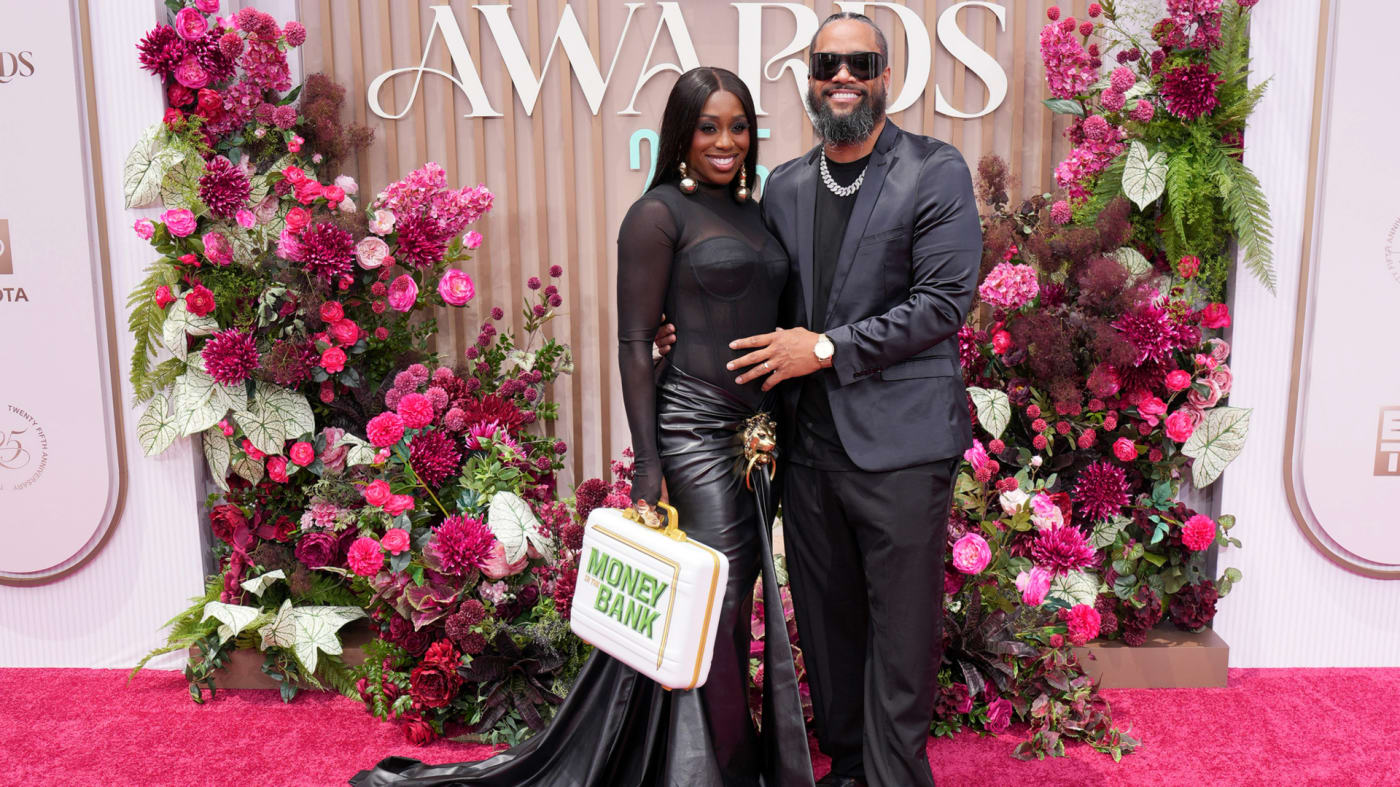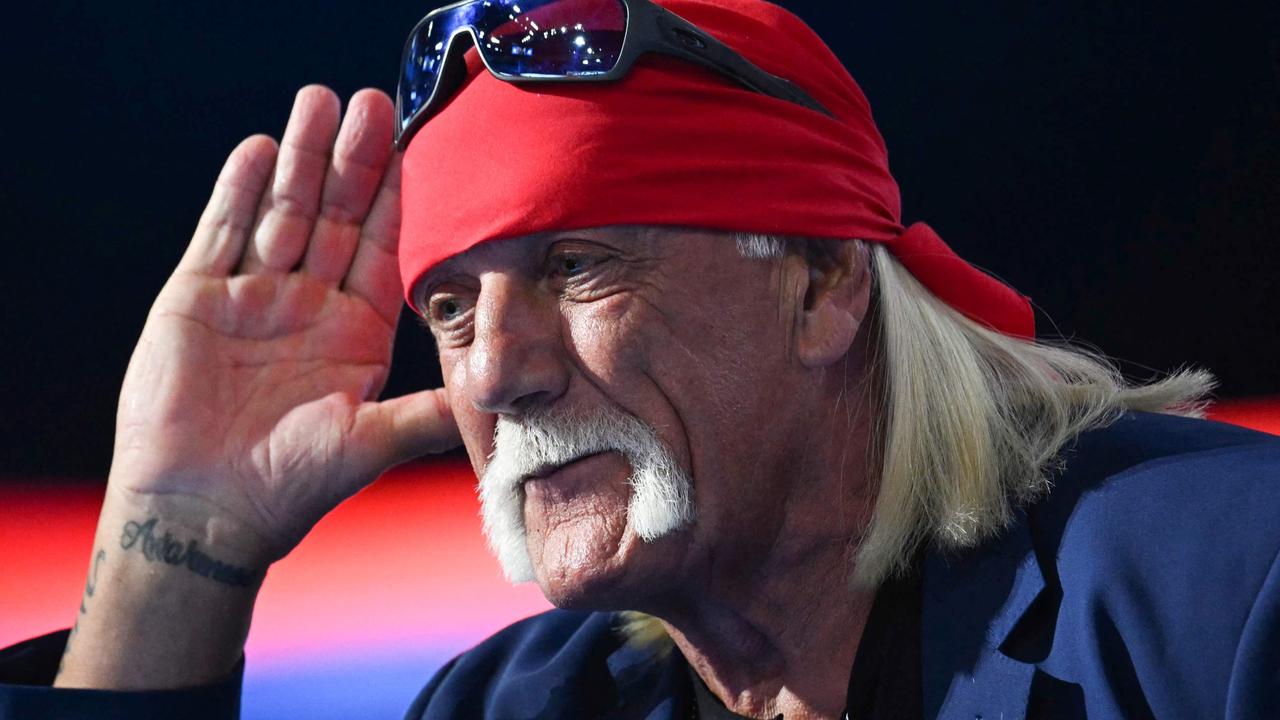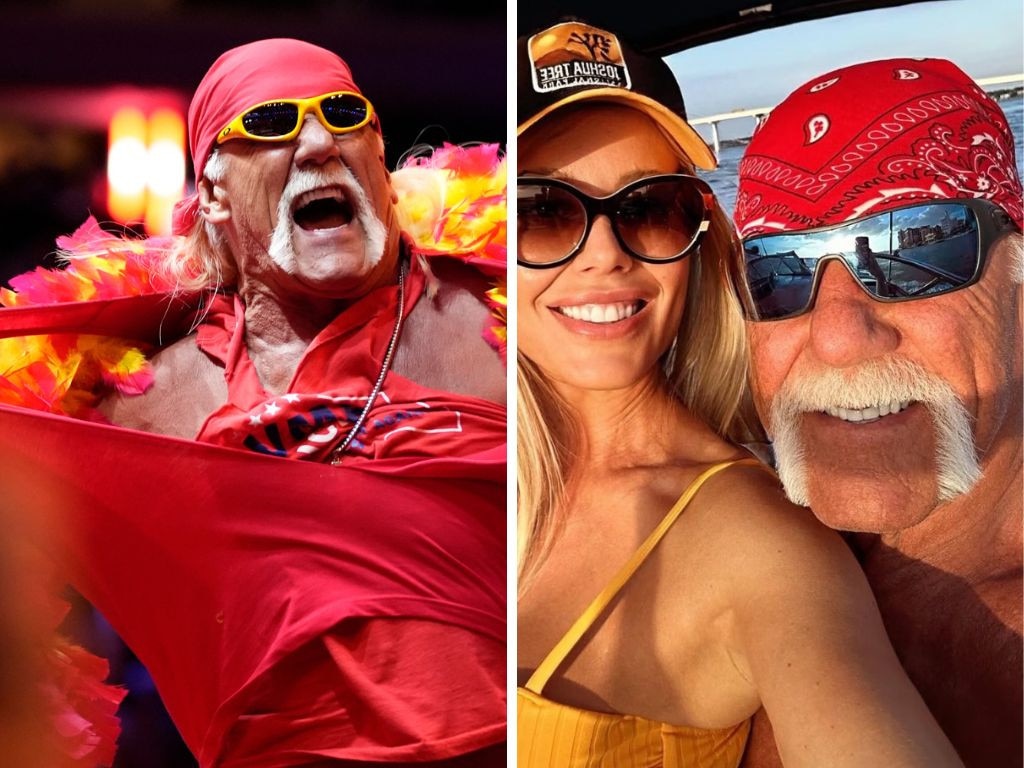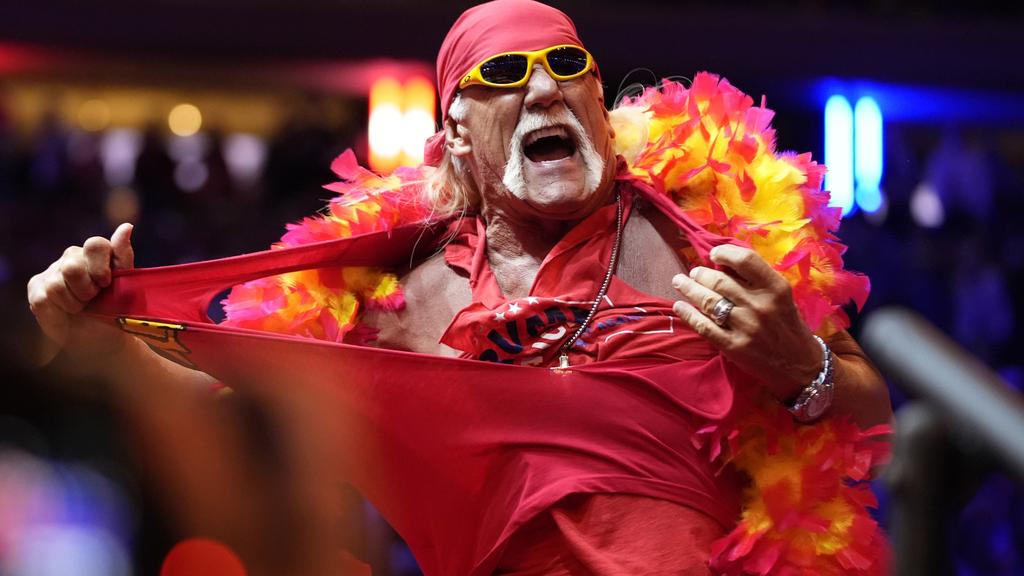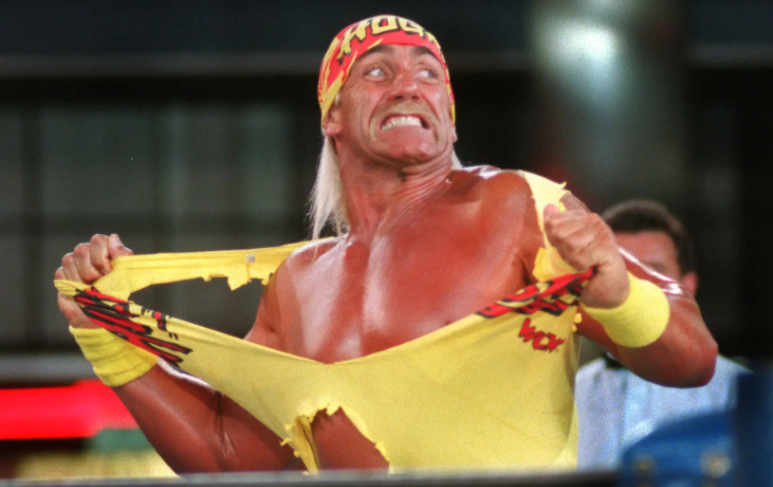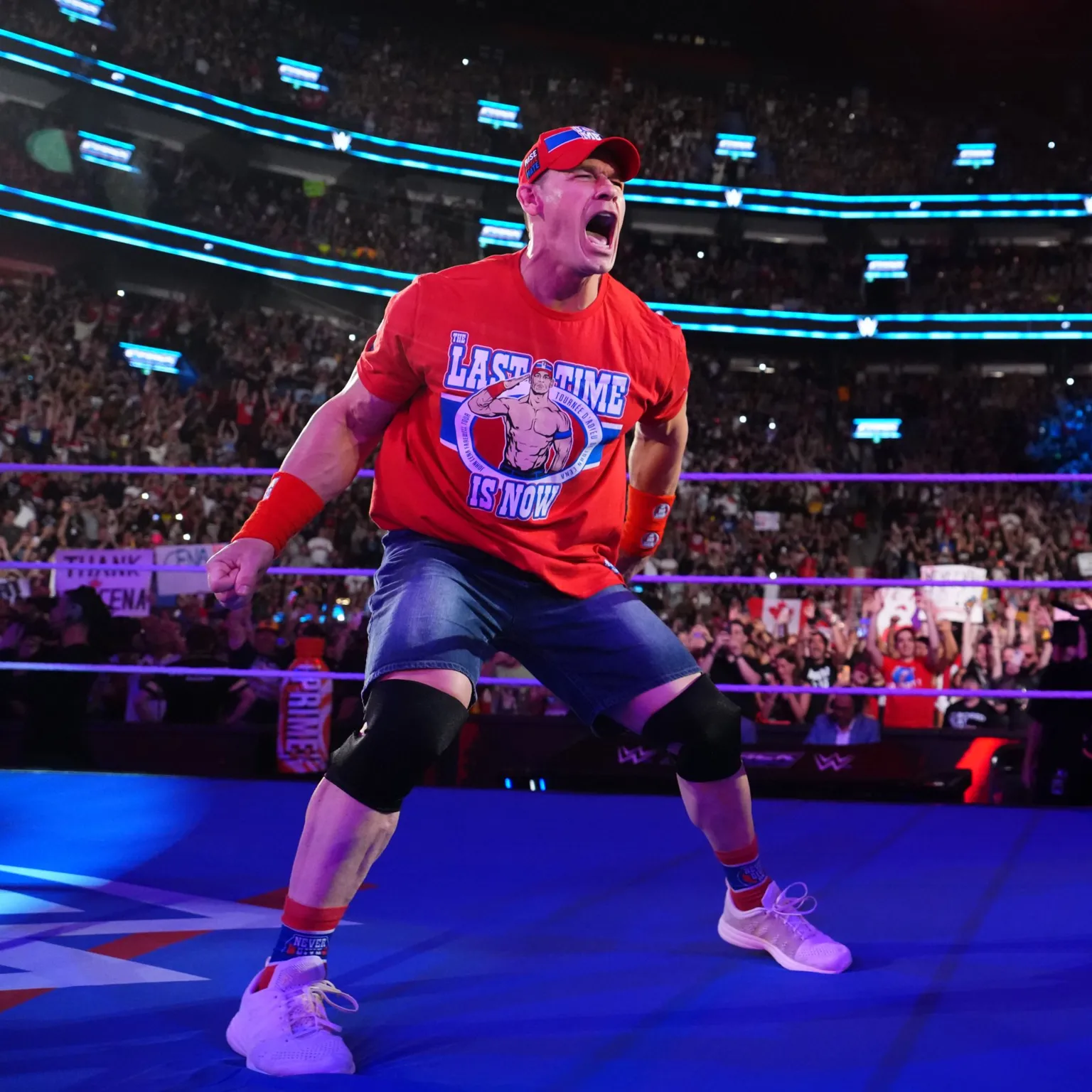
This article is more than
8 year oldWhat WWE Superstar Salaries Say About the Company's Priorities
In the NBA, NFL, boxing and most other professional sports, earnings are openly discussed and as easily accessible as a player’s stat sheet. But the opposite is true in WWE. There is no fawning courtship of free agents. There is no public, collective bargaining. Instead, every wrestler works as an independent contractor.
This system is a holdover from the old territory days of pro wrestling when wrestlers would move around the country as special attractions and deal with local promoters. WWE Chairman Vince McMahon (and his father, Vince McMahon Sr.) used “handshake” agreements to do business.
In an interview with James Tehrani, WWE legend George “The Animal” Steele claimed that for 30 years he wrestled for WWE without a contract. In 2011, during a shareholder’s meeting, Vince McMahon revealed he and The Rock still had an ongoing handshake agreement "based on increased value." Sometimes, with the older wrestlers, the old way of doing business worked best, though it added another level of impenetrability to an already Byzantine process.
But what are WWE deals like today?
This past March, Forbes published a list of the highest-paid WWE wrestlers for 2016 based on “public filings, booking contracts and pay documents as well as interviews with industry insiders.”
It’s fun to compare this list to last year’s to see who's new (AJ Styles), who's moved down (John Cena) and who’s moved up (Brock Lesnar). Further, based on the data, one can make some educated extrapolations about where WWE’s priorities presently lay.
Who, exactly, makes what? And for how many appearances? And for how much in-ring work?
Shane McMahon has a point: Money talks. This is what it’s saying.
Dean Ambrose
1 OF 6

2016 Earnings: $2.7 million
Ambrose is the undisputed workhorse of WWE. According to Forbes, Ambrose performed at 194 events in 2016, including 12 pay-per-views and 109 house shows. That’s more appearances than any other wrestler on the roster.
For that amount of wear and tear, Ambrose comes in at No. 5 on the earnings list. Three of the four guys ahead of him are part time. And while Triple H’s pay is supplemented by his executive duties, Cena and Lesnar both still outpace Ambrose considerably despite being absent for large stretches of the year.
Cena probably shouldn’t make less than what he does; despite his part-time status, he’s still one of the most recognizable, bankable athletes on the roster. Should Ambrose—and other workhorses like Kevin Owens—be paid more? And what about wrestlers who are further down the card, those who don’t win titles and are jobbing so that others can win and get over? And what about the women’s division? Not a single woman cracked the top ten.
In the end, what you pay your employees is a reflection of your priorities as a company. What is the bare minimum that a WWE Superstar should earn sacrificing his or her body for a billion dollar company? Ryback discussed some of these concerns after he left WWE, specifically that he wasn’t compensated well enough, financially or creatively, for what he did.
Big Show, Undertaker and Kane
2 OF 6

2016 Earnings: N/A, $2 million, N/A
Big Show and Kane both missed being on the 2016 list. Forbes does, however, note that they have two of the highest base salaries on the roster.
This may tell us what some have already guessed: Vince McMahon values company loyalty and is compensating wrestlers who stuck it out with him during the lean years before WCW folded and left WWE the undisputed king of professional wrestling.
The Undertaker, McMahon’s most loyal soldier, also has a veteran’s deal; he made $2 million in 2016 despite wrestling only once (WrestleMania 32). Given Taker’s age and dedication, however, his high figure comes as no surprise.
Shane McMahon
3 OF 6

2016 Earnings: $2.2 million
From an optics standpoint, this is surprising. One would think that WWE would go out of its way to avoid paying Shane McMahon this much for his general manager and pay-per-view appearances.
Is jumping off tall stuff twice a year worth that sort of coin for the boss' son when other superstars are working full schedules on the road? Unless McMahon is part of the executive chain—and not only a performer—it’s difficult seeing the logic in his level of compensation.
Roman Reigns
4 OF 6

2016 Earnings: $3.5 million
According to the Wrestling Observer Newsletter (via Raj Giri of WrestlingInc), Roman Reigns is the top merchandise seller out of all the full-time Superstars. To anyone who watches Raw and SmackDown regularly, this might come as a shock since Reigns is regularly greeted with a chorus of overwhelming boos.
And yet someone out there likes him; T-shirts don’t sell themselves. Reigns main events more shows than any other wrestler. His work rate is tops, and it has become clear that WWE doesn’t care what reaction Reigns gets so long as he gets a reaction.
AJ Styles
5 OF 62016 Earnings: $2.4 million
Styles may be the single best professional wrestler working in WWE. For the better part of a year, he carried the SmackDown brand on his back, delivering quality match after quality match. Despite his A-list status, he’s in the trenches with the rest of the boys, working numerous unaired house dates.
Styles’ wrestling has high-risk elements. At his age (39 years old) and working the number of dates that he does, it’s a testament to his durability that his body has been able to hold up to the strain. Despite some minor setbacks with his ankle, WWE’s bet on AJ has paid off.
It could have easily gone the other way. Sure, hiring a veteran indy wrestler brings instant name recognition and eyeballs to the product, but wrestlers like Styles have a lot of miles on them, and much like big-name free agents in other sports, late-career signings don’t always pan out.
Some argue that WWE should focus on developing younger, homegrown talent instead of bringing in older wrestlers from outside the fold. AJ Styles, thus far, is the best counter to that belief.
Brock Lesnar
6 OF 6

2016 Earnings: $12 million
The highest paid wrestler on the roster is The Beast. He fought at six PPVs in 2016, including the "Big Four”: Royal Rumble, WrestleMania, SummerSlam and Survivor Series. He also worked the big house shows in Toronto, New York, Mexico City and Dallas.
Although Forbes included Lesnar’s UFC paydays into this figure (estimating $6.5 million coming from Dana White’s promotion), WWE is paying Lesnar at a high rate per match.
For years, the rationale behind this lucrative arrangement was name recognition—that his presence, though limited, drove sales. His rare appearances, the argument goes, made him a marquee attraction.
But more and more, this argument wears thin. Lesnar’s work has deteriorated: Compare his match against John Cena at Extreme Rules 2012 to his present matches. He’s living that “Suplex City” moniker as suplexes are almost the entirety of his offense. Those kinds of limitations can’t sit well with superstars like Dean Ambrose—who himself once complained on the Stone Cold Podcast (via WrestleZone) about Lesnar’s “laziness”—who travel so often and are relied on to perform night in and night out.
